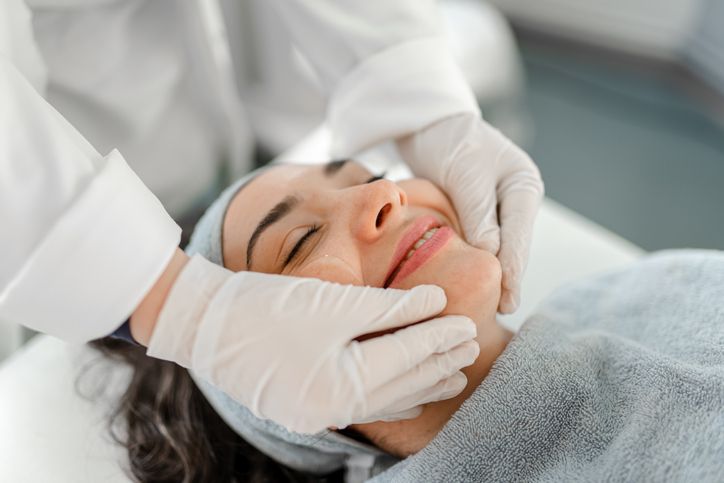The Use of Oily Skin Products and Folliculitis Explained
For professionals in the beauty industry, understanding the intricate relationship between the use of oily skin products and folliculitis is crucial. As beauticians, it is vital to know how certain skincare products can exacerbate or potentially prevent skin issues like folliculitis. Keep reading as we unravel the subject, helping you guide your clients more effectively.

Understanding Folliculitis and Its Causes
Folliculitis is a common skin condition that involves the inflammation of hair follicles. It often presents as itchy, red bumps that can mimic acne. Various factors contribute to its development, including bacterial or fungal infections, excessive friction, and the poor hygiene often discussed in skincare circles. In severe cases, it can lead to painful cysts or potential scarring.
You can find a wealth of information about the medical viewpoint of folliculitis here for a more scholarly discussion.
The Role of Oily Skin Products
While oily skin products are designed to hydrate and balance skin's oil levels, they may sometimes cause or aggravate conditions such as folliculitis, mainly when not selected carefully. For example, oil-based products can be too occlusive for skin that doesn't require additional oil, clogging pores and leading to inflammation of the hair follicles.
The difference between folliculitis and acne is crucial in client consultations to prescribe the right products.
Choosing Products Wisely
As professionals, recommending the right product is essential. Non-comedogenic and lightweight formulations that contain ingredients like salicylic acid, which helps in unclogging pores and fighting bacteria, are often great choices for oily skin types prone to folliculitis. Experementing with these formulations can be rewarding in client care.
Addressing product choice should be a conversation rather than a prescription. Techniques on how to wash properly after applying skincare can also help mitigate issues.
Preventative Measures and Best Practices
Preventing folliculitis begins with proper skincare practices. This includes choosing the right product and maintaining good hygiene. Keeping skin clean, avoiding shaving on dry skin, and using sterilized tools during facials are essential. Moreover, suggesting an effective skincare routine that involves gentle exfoliation can prevent dead skin cells from accumulating and clogging follicles.
Beyond products, lifestyle factors like reducing stress and sticking to a healthy diet can also benefit skin health significantly. In the discussion with your clients, consider how these additional elements may influence their symptoms.
Creating a Holistic Approach
Facilitating a dialogue with clients about their skin concerns, preferences, and skincare history can help tailor a specific solution that addresses their individual needs. Identifying when a referral to a dermatologist is necessary to provide further insight into their skin conditions is also an integral part of the beautician role.
To delve deeper into the professional management of folliculitis, check out comprehensive resources such as this page for clinical perspectives.

Frequently Asked Questions
What ingredients should I look for in oily skin products?
Seek out non-comedogenic ingredients and elements like salicylic acid, which can help unclog pores and address bacterial growth.
How can I differentiate between acne and folliculitis?
While both conditions can appear similar, there are differences. Acne often includes a mix of whiteheads and blackheads, whereas folliculitis usually involves red, inflamed bumps. More on this differentiation can be discovered here.
Can lifestyle changes significantly impact folliculitis?
Absolutely, lifestyle components such as diet, stress management, and hygiene play significant roles in managing skin conditions. For further reading on the effects of hygiene, see this link.

